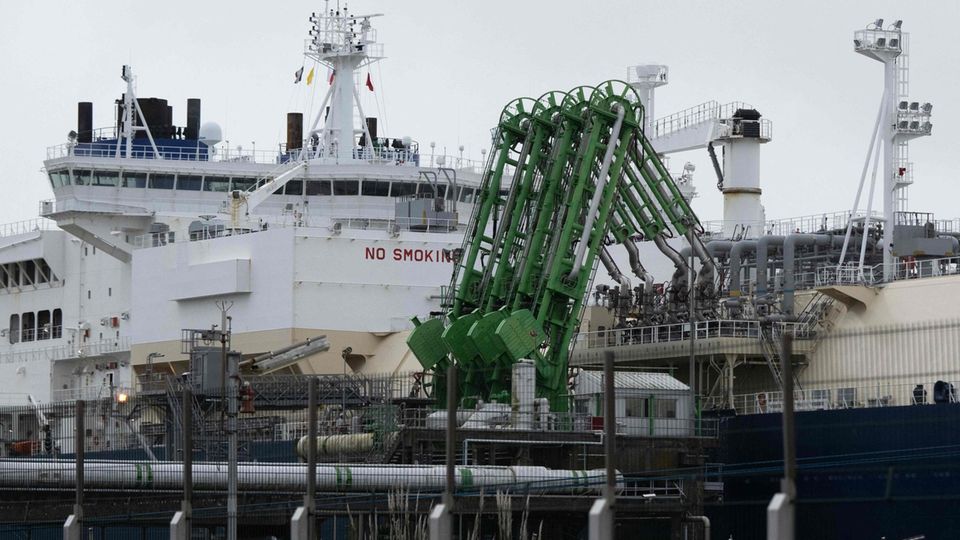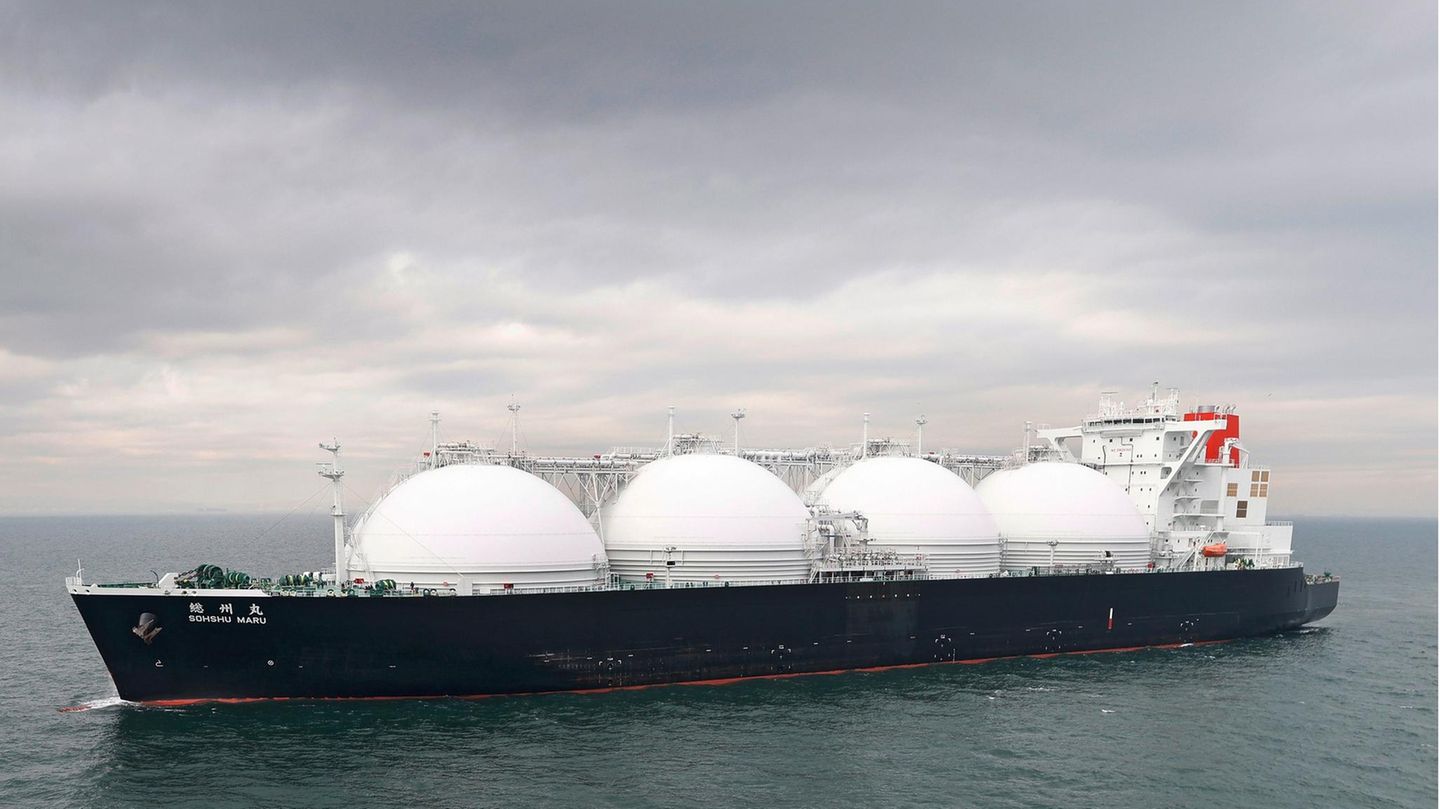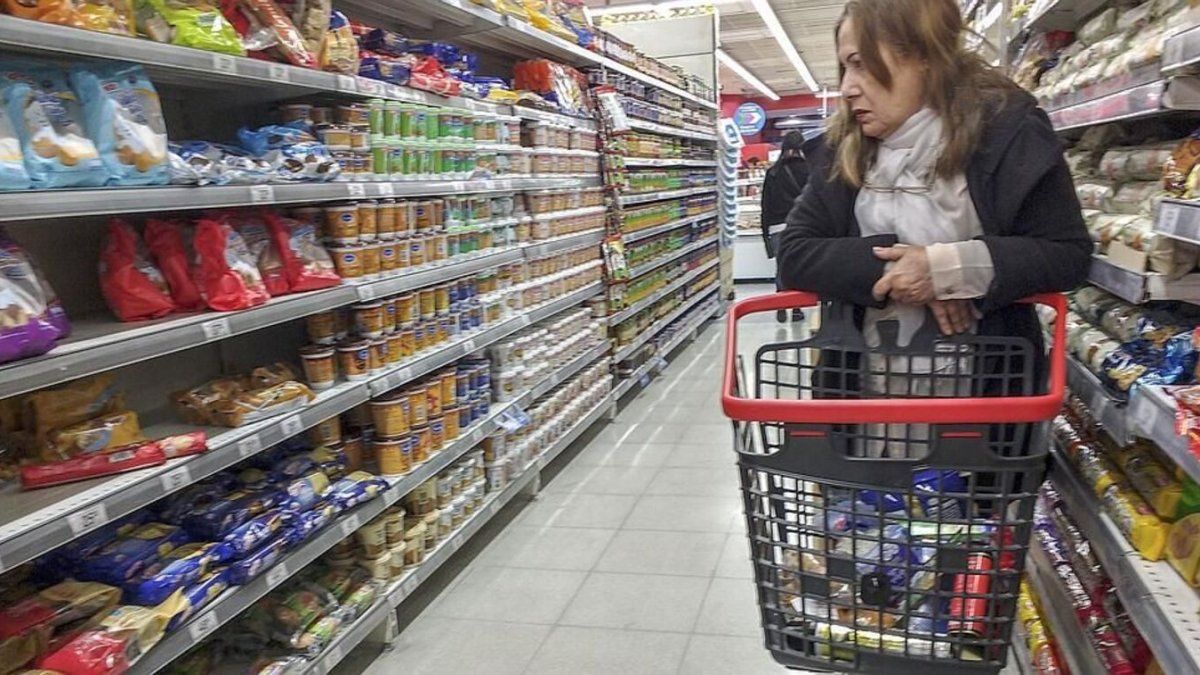It’s a dilemma: Putin is dropping bombs on Kyiv – and we’re financing his war with our energy hunger. Are there really no alternatives to Russian gas? Liquid gas – so-called LNG – could be a way out. But unfortunately only at first glance.
At the latest after the Russian attack on Ukraine, the calls became louder and louder: Germany should stop all natural gas imports from Russia so as not to transfer the money for the bombs on Kyiv to the Russian war machine.
So far, the federal government has shied away from this step. Economics Minister Robert Habeck has been repeating his fears over the last few days that a waiver of Russian gas – unlike oil – would lead to serious upheavals in the German economy. “We’re not talking about individual comfort restrictions, but about unemployment and macroeconomic and overall social damage of the greatest extent,” said Habeck.
In order to free himself from Russia’s stranglehold as soon as possible, Habeck is currently traveling to energy suppliers such as Norway and Qatar in order to put German energy imports on a broader footing. Particularly in view: the so-called liquid gas LNG (Liquefied Natural Gas). LNG comes to European ports by tanker and can be fed into the European long-distance gas pipeline system from there. According to the EU Commission, around 25 percent of Europe’s gas requirements are currently covered by LNG imports.

© Loic Venance / AFP
What is LNG?
LNG (Liquefied Natural Gas) is liquefied natural gas. To preserve it, soil is separated from contaminants such as sulphur, nitrogen and carbon dioxide and cooled to temperatures as low as -162 degrees. The natural gas becomes liquid and its volume is extremely reduced, so that large quantities can be stored and transported over long distances using special tankers. The largest LNG producers are the USA, which produces most of its gas using the controversial fracking process, Australia and Qatar.
The federal government has made a long-term commitment to expanding renewable energies and significantly increasing energy efficiency as part of the energy transition. In addition, the conversion from conventional natural gas to green hydrogen or its derivatives such as ammonia is to be initiated as quickly as possible. Alone: That does not help to free itself from the current dependence on Russian gas.
Germany currently has no LNG terminal
The use of liquid gas can help, at least on a small scale. But there is also a huge problem. Germany currently has no terminal where the liquid gas can be landed and fed into the German gas supply. There are currently 37 such terminals in Europe. German projects in Stade, Wilhelmshaven and Brunsbüttel were on hold for a long time before Chancellor Olaf Scholz committed to accelerated construction at the beginning of February. But before 2026, the two planned plants in Stade and Brunsbüttel should not go into operation. And the capacity is manageable compared to Russian gas imports, the terminal in Brunsbüttel is said to be able to process around eight billion cubic meters of natural gas. For comparison: Last year almost 60 billion cubic meters of natural gas flowed from Russia to Germany and on to Europe via the Nord Stream 1 pipeline alone.
Once again it is becoming clear into which fateful dependency on Russian gas Germany has maneuvered itself during the years of the Schröder and Merkel governments. “More than ten years ago, Germany would have been better off building a liquid gas terminal than a direct pipeline to Russia,” says DIW energy expert Claudia Kemfert.
For the transition, experts are now talking about special ships that can convert liquid fuel back into gas off the coast, so that a completely new terminal is not needed. Some of these so-called “Floating Storage and Regasification Units” (FSRU) already exist and could be chartered. Annual output is around five billion cubic meters of gas per ship. Norway apparently wants to help Germany with such special ships. According to German government circles, there are several ships that the federal government will co-finance.
The considerations for the Wilhelmshaven location have progressed furthest. According to the Lower Saxony Environment Minister Olaf Lies (SPD), one of these floating gas conversion stations is to be put into operation there before winter 2023.
In addition, the only way would be to go to other European terminals, such as in the Netherlands, Belgium or France. The occupancy rate is currently around 71 percent.
Where will the additional LNG imports come from?
However, it is questionable where and at what price the additional LNG imports will come from. Andreas Goldthau, Professor of Public Policy at the University of Erfurt, calculates in the “Handelsblatt” using Qatar as an example: “Qatar has sold 90 to 95 percent of its LNG production over the long term. This means that a maximum of ten percent of the quantities end up on the spot market and can be bought there at short notice.” With Qatar’s annual production of a good 100 billion cubic meters (bcm), “we’re talking about ten bcm that are available at all,” says Goldthau. “You won’t get very far with that.” Also not with the 1.4 billion cubic meters that Norway wants to pump to Europe from the summer.
It seems certain that a complete ban on imports of Russian natural gas or an end to deliveries from the Russian side cannot be compensated for by the increasing use of LNG alone. But LNG can possibly be part of a halfway effective mix of measures to free oneself from the fatal energy dependency on Russia. However, we will not be spared severe cuts in the economy.
Swell: DPA, AFP, “”, “”
Source: Stern
Jane Stock is a technology author, who has written for 24 Hours World. She writes about the latest in technology news and trends, and is always on the lookout for new and innovative ways to improve his audience’s experience.




